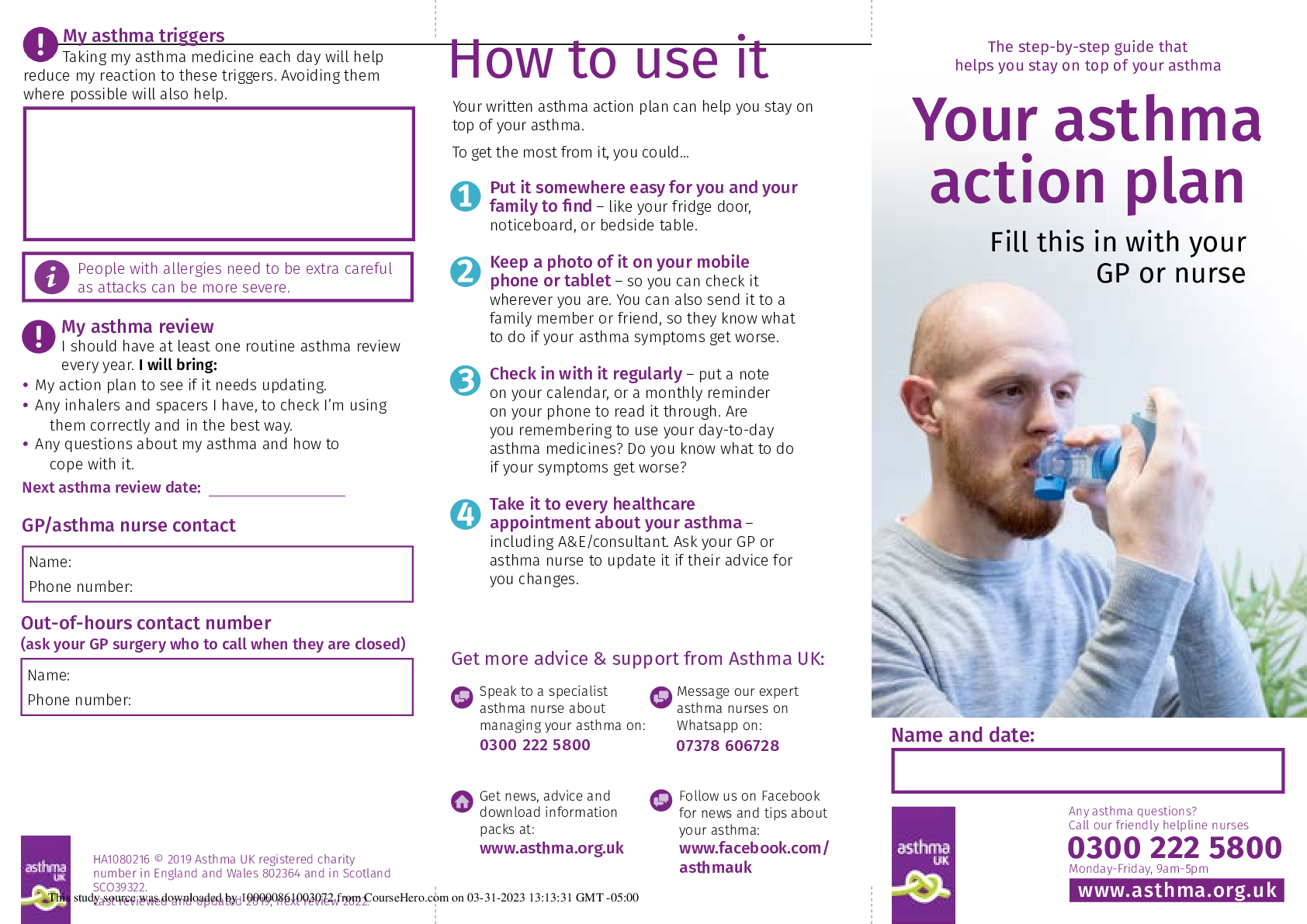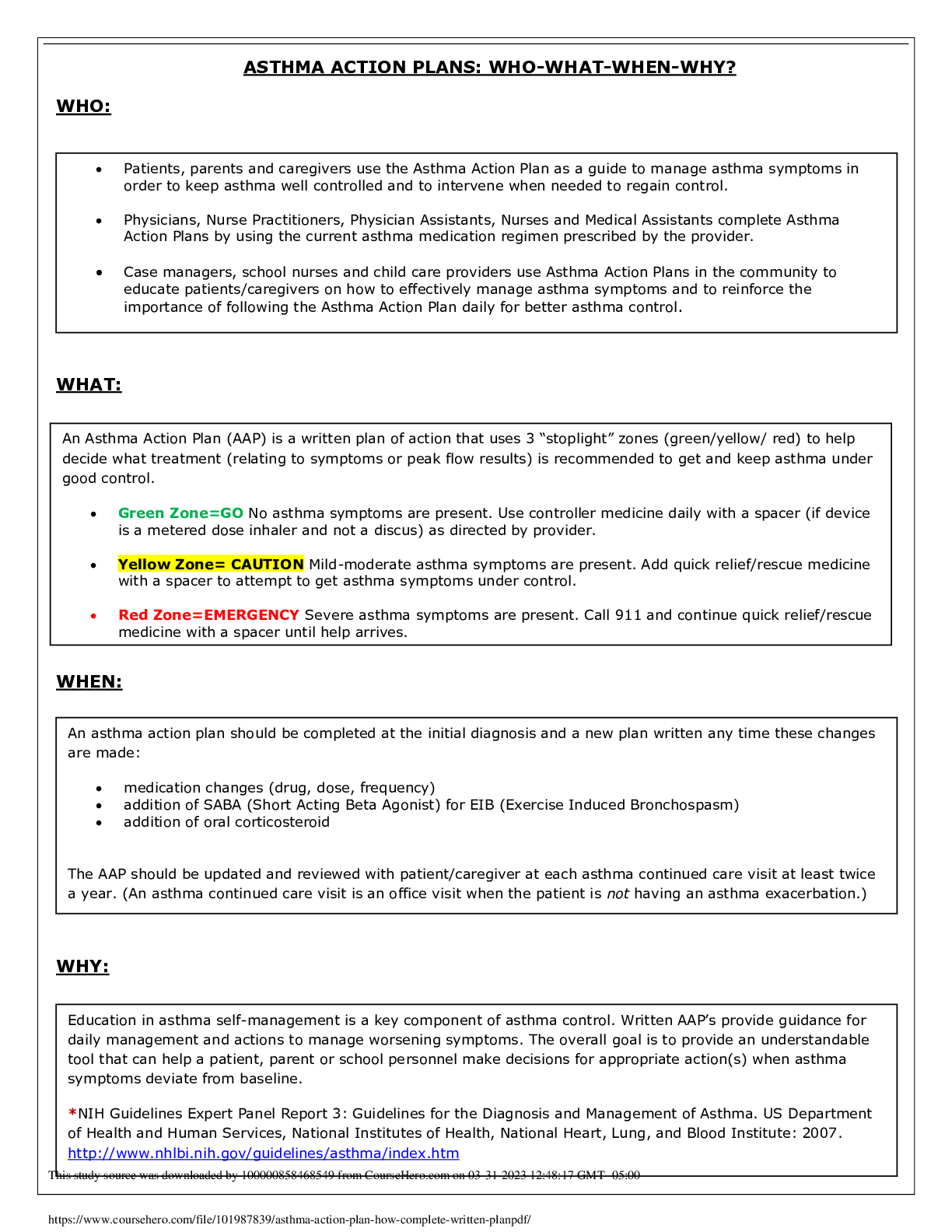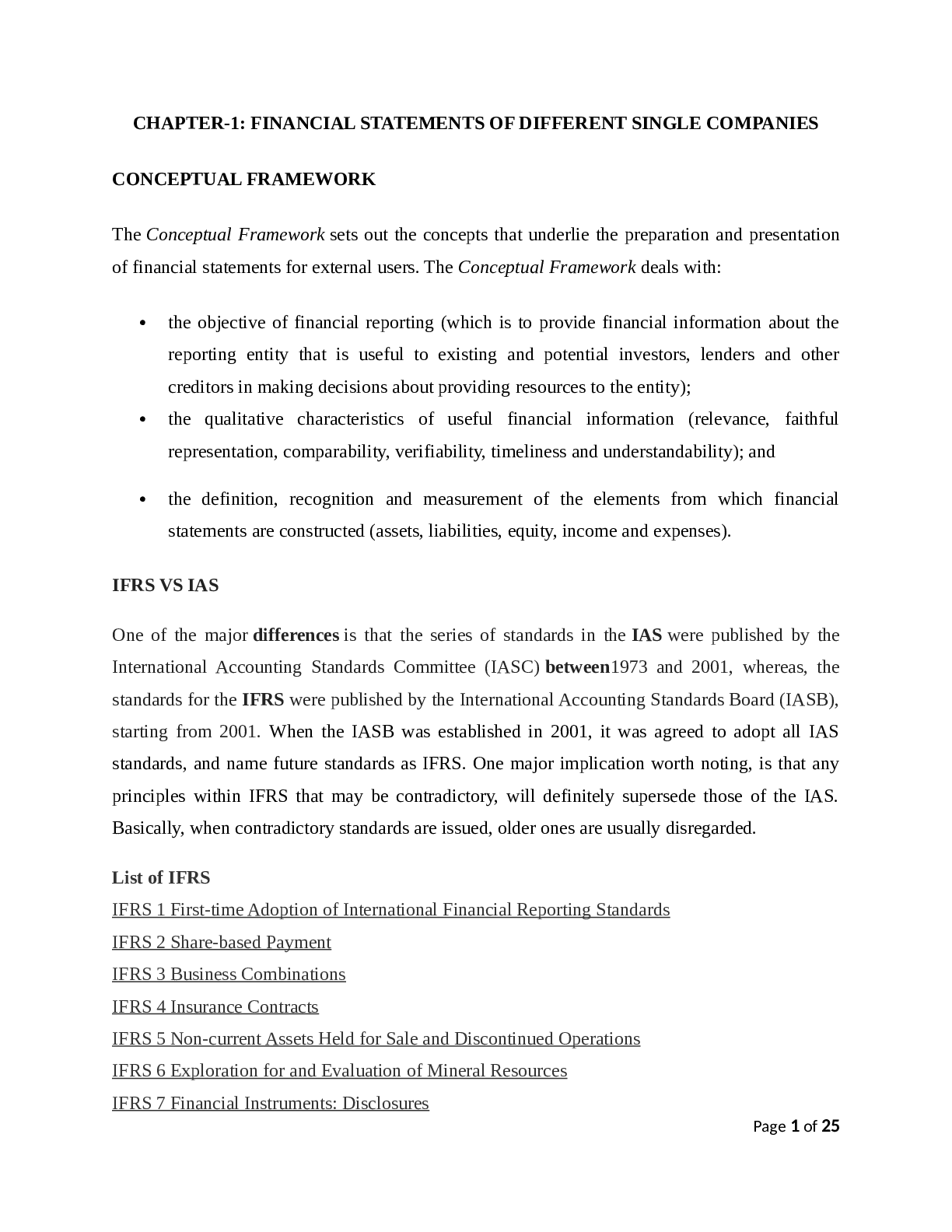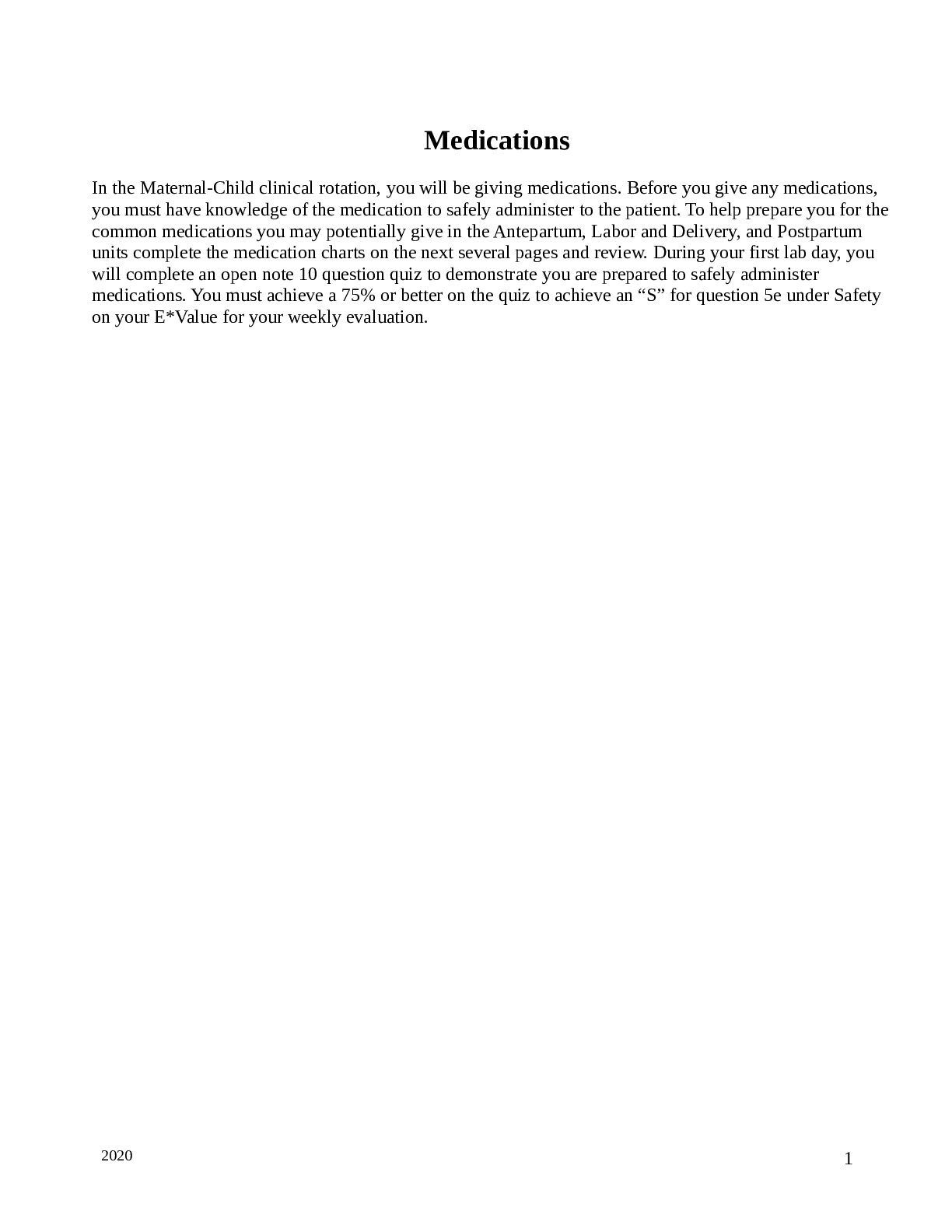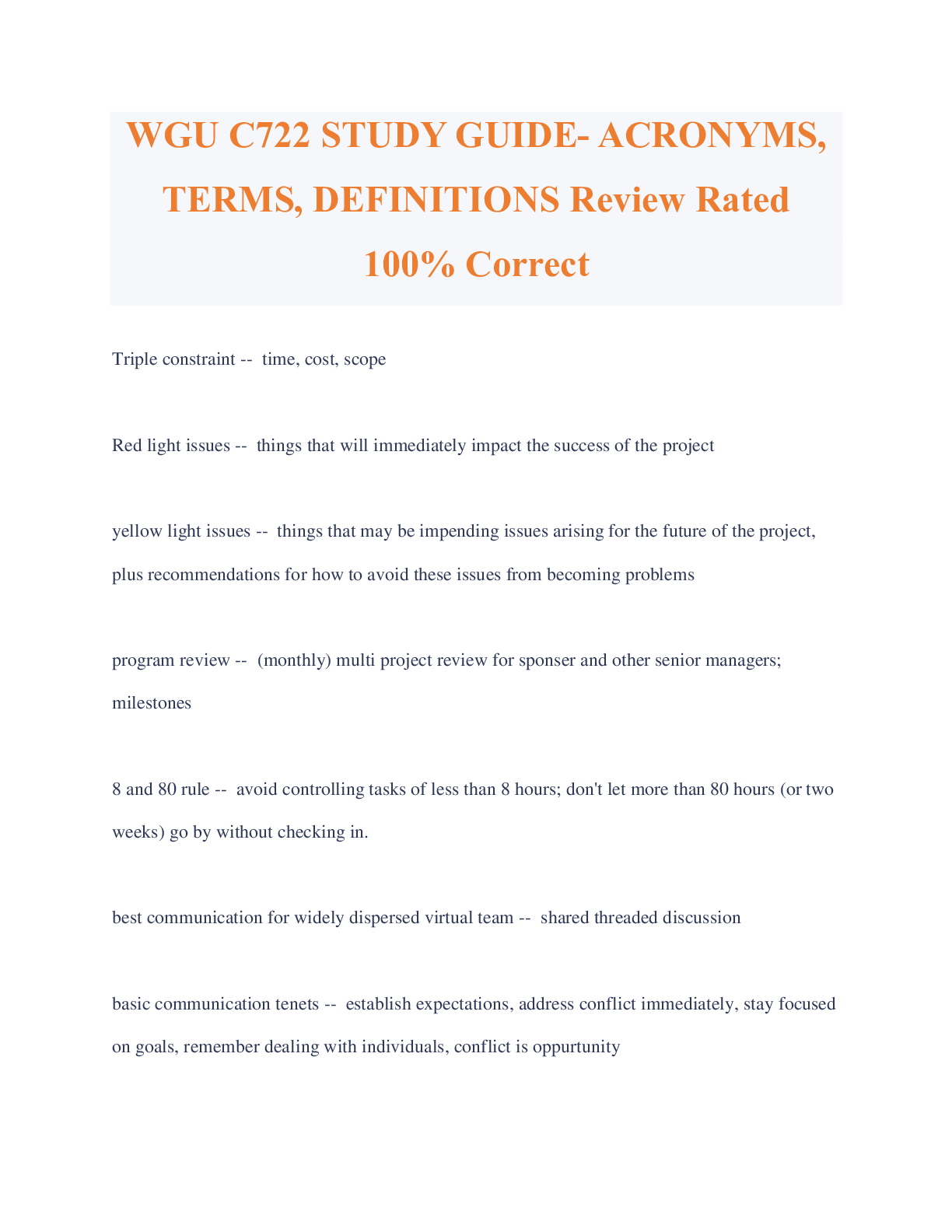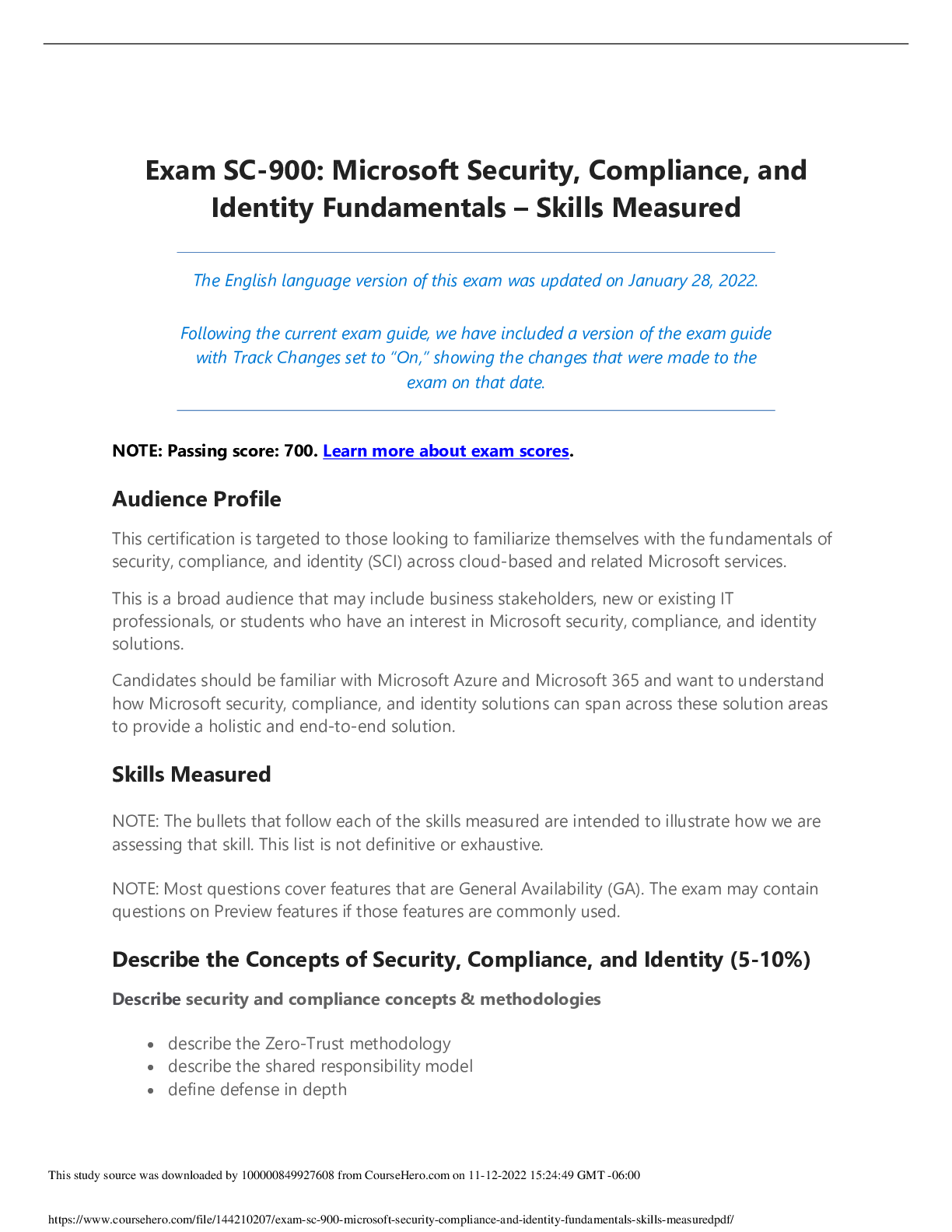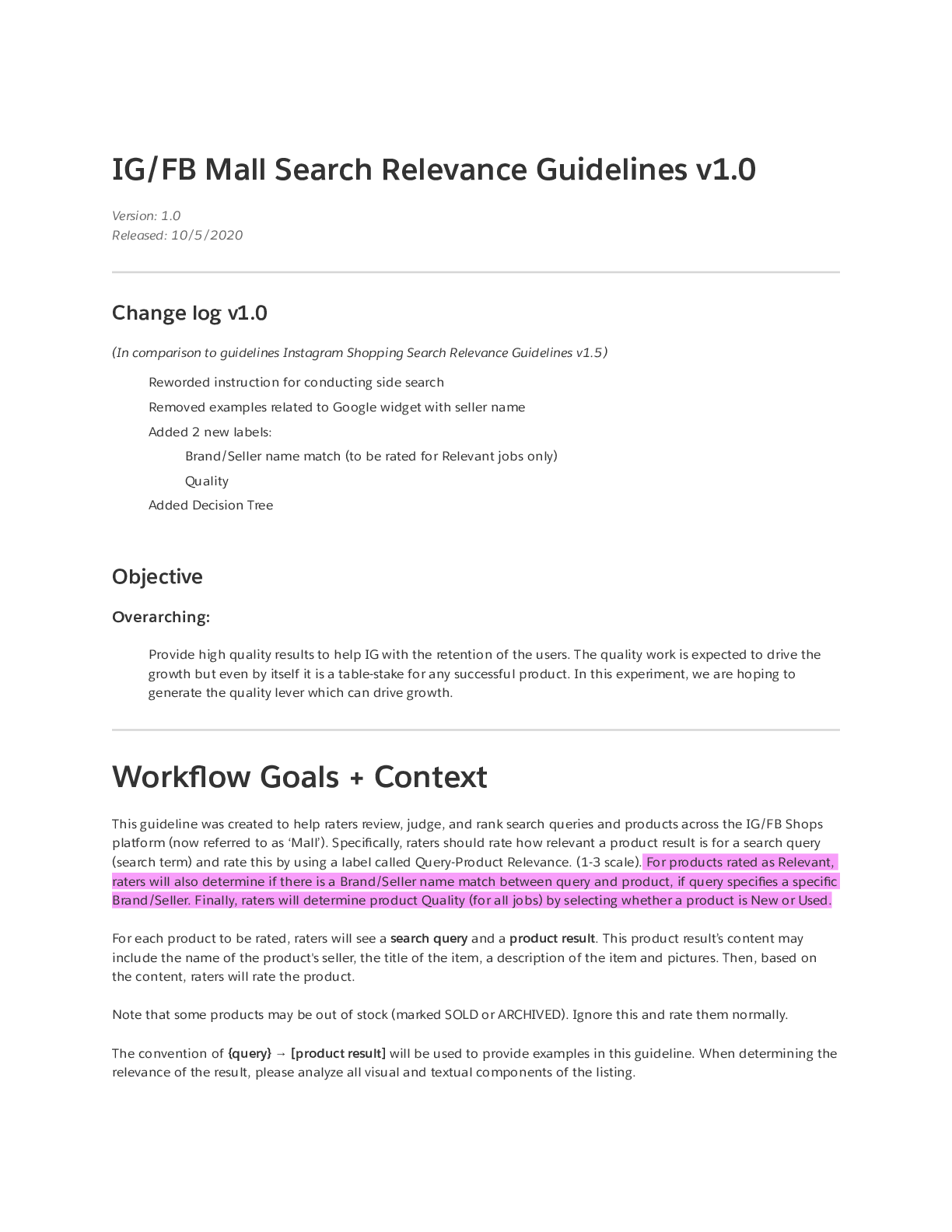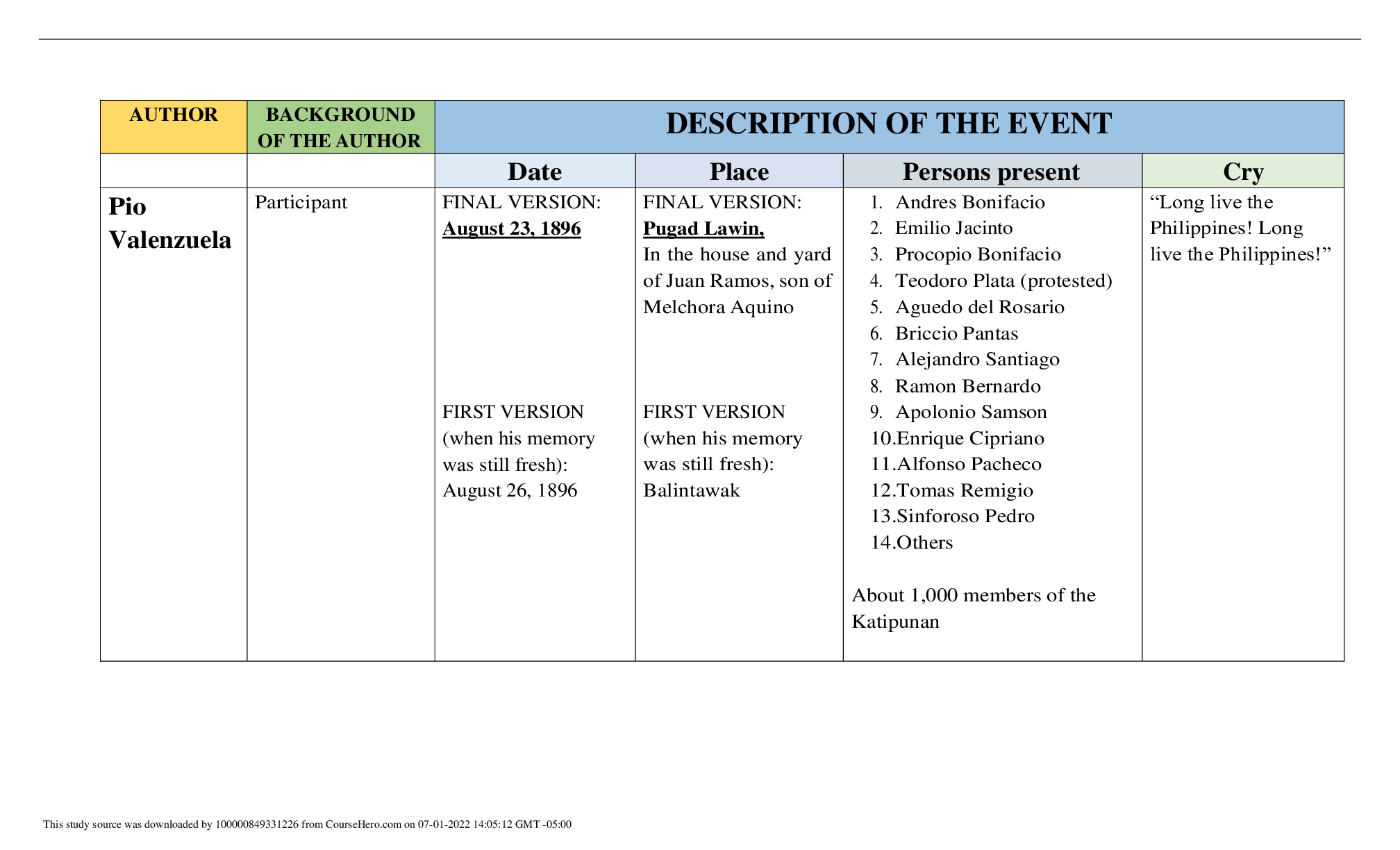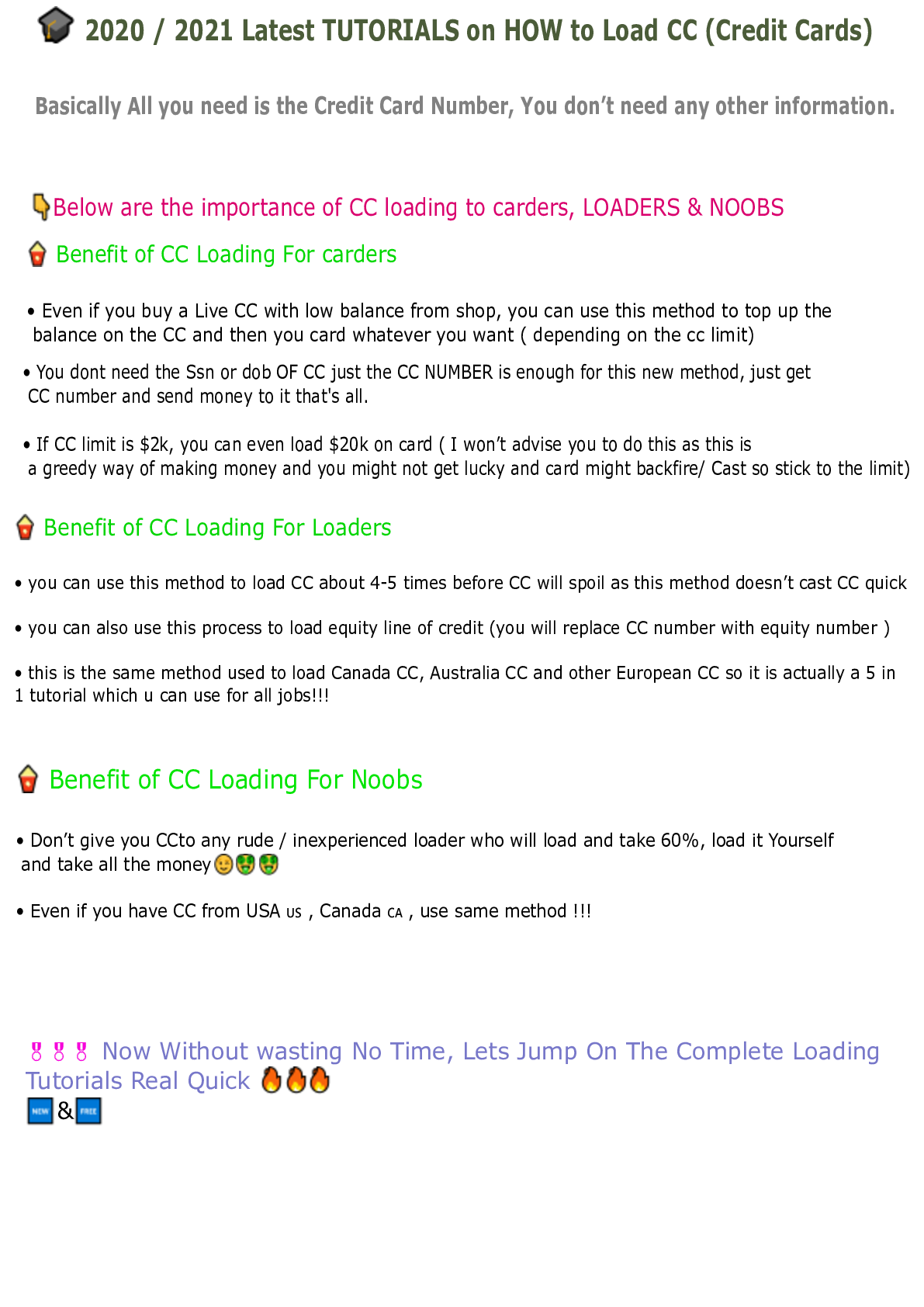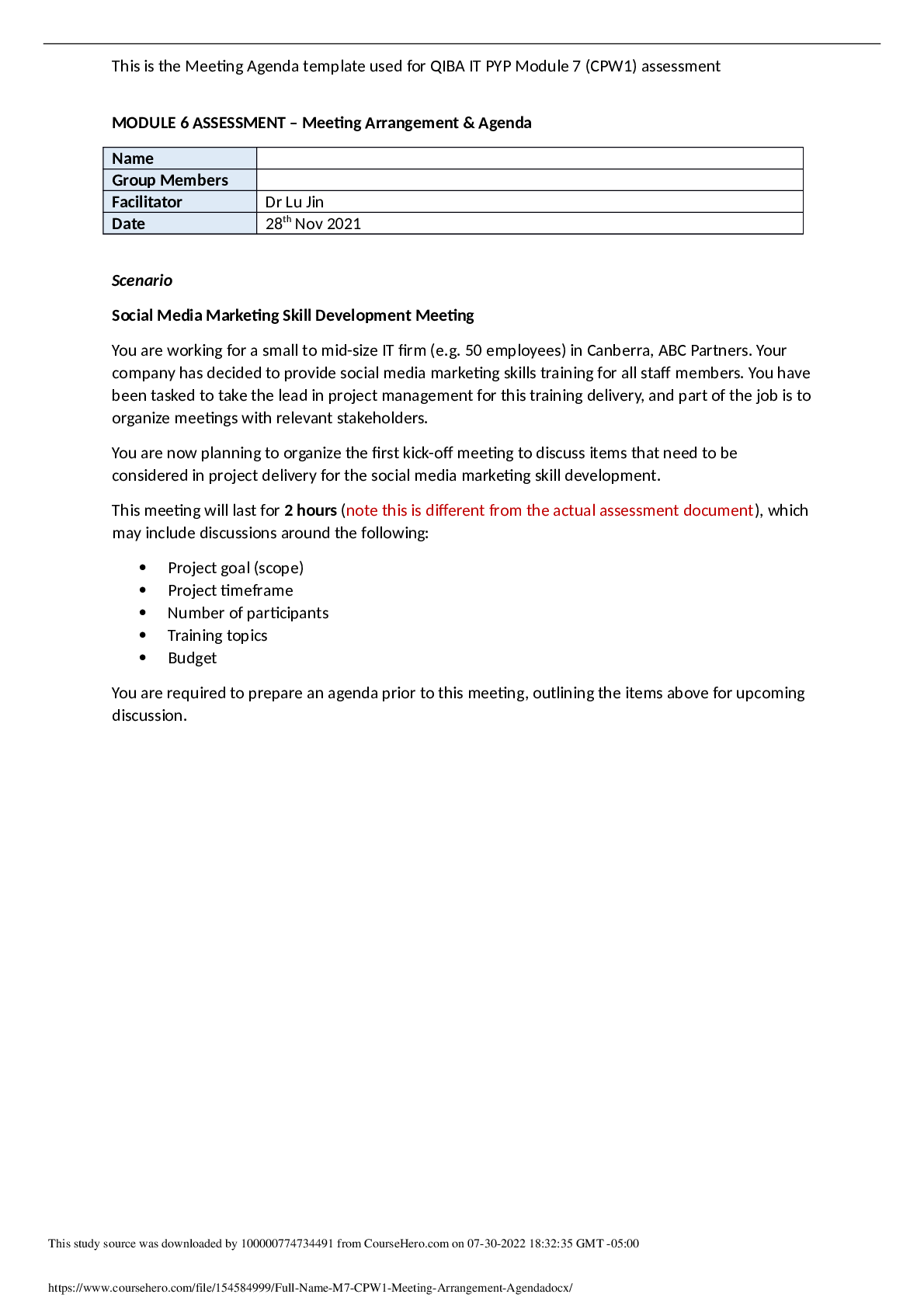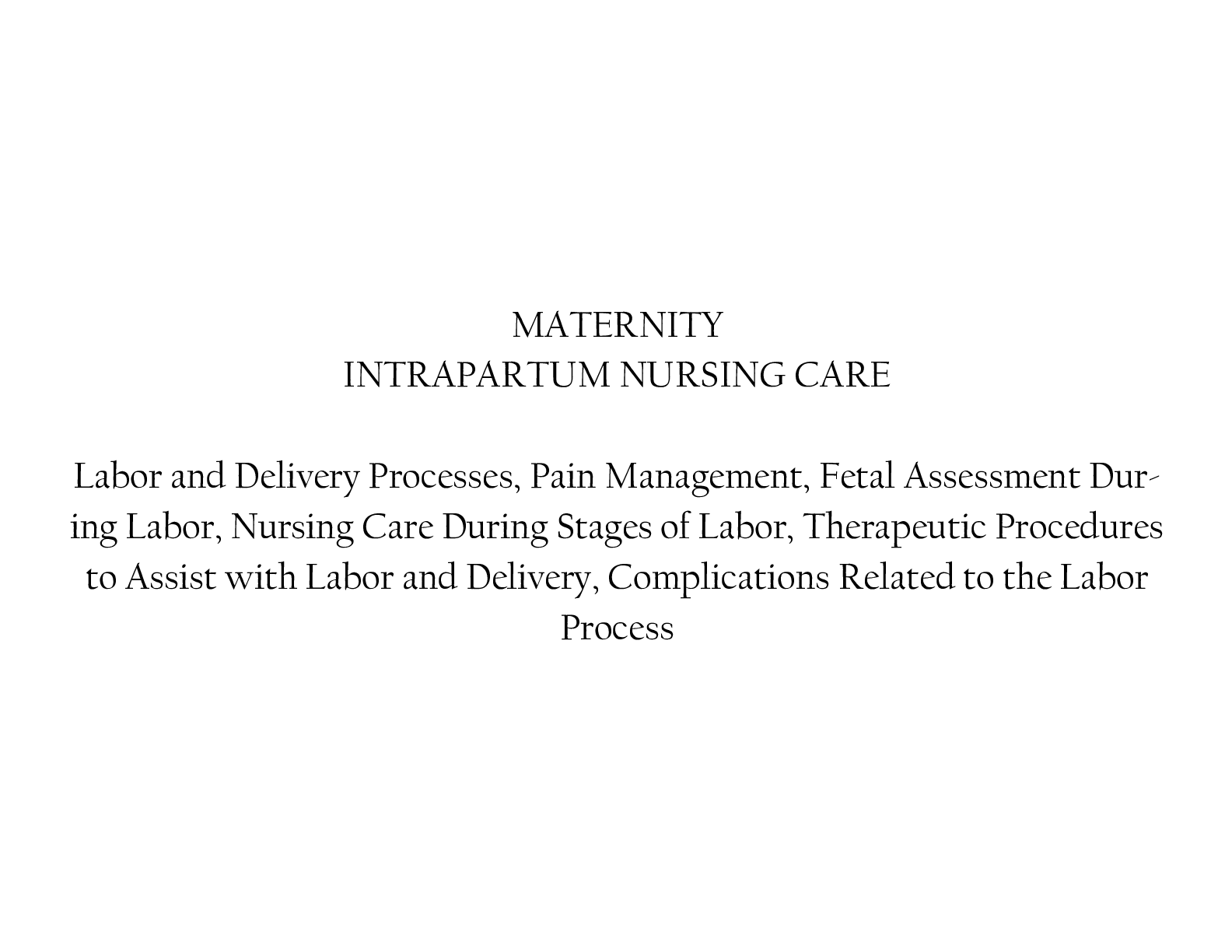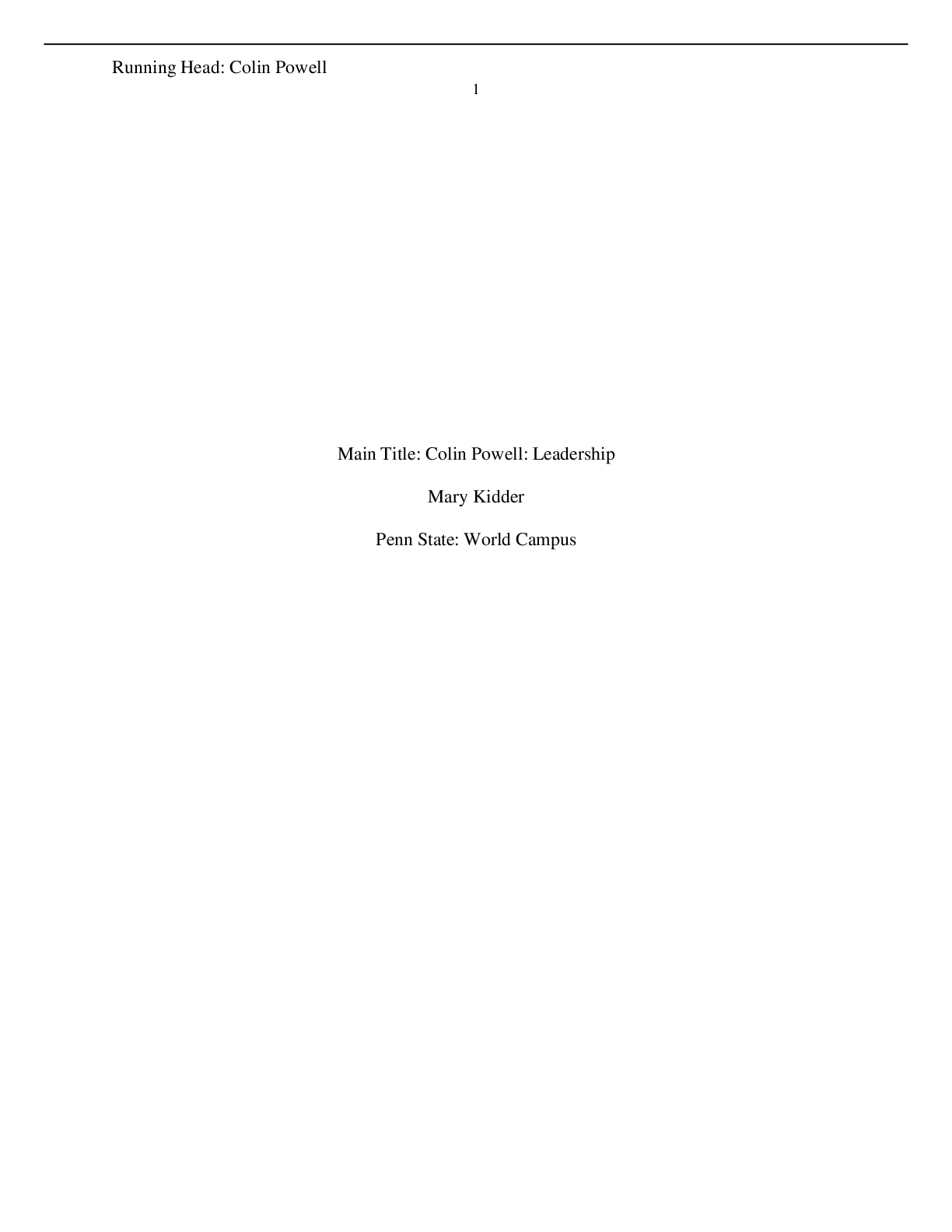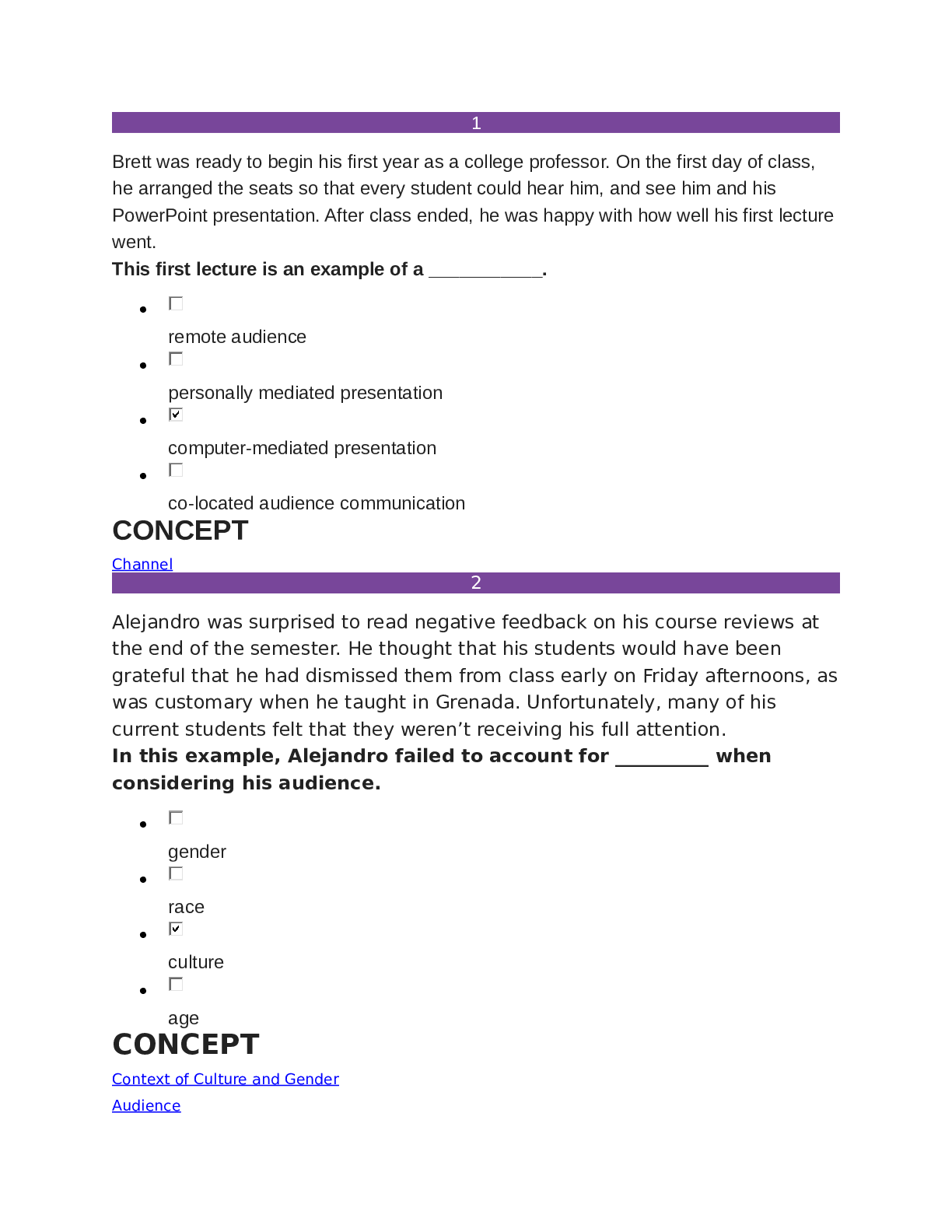Biology > GUIDELINES > NRSG 210_ 6 Step Asthma Management Plan_Step 1: Know how severe your asthma is, Step 2: Achieve your (All)
NRSG 210_ 6 Step Asthma Management Plan_Step 1: Know how severe your asthma is, Step 2: Achieve your best lung function, Step 3: Avoid trigger factors, Step 4: Stay at your best, Step 5: Know your asthma action plan and Step 6: Check your asthma regularly
Document Content and Description Below
6 step asthma management plan • Step 1: Know how severe your asthma is If you recognise the following symptoms then you probably have moderate to severe asthma. If you need asthma medication ... most of this week If you have needed urgent medical attention for asthma in the past year or so; and If your peak flow measurement is consistently below expected, despite optimal treatment. • Step 2: Achieve your best lung function When you are at your best you should ideally have No symptoms Best possible peak flow measurements; and Your chest should sound normal when your doctor examines you. It may take a few weeks of medication to achieve your best. Monitoring peak flow This study source was downloaded by measurements at home can help you to check your progress. • Step 3: Avoid trigger factors Find out what sets off your asthma and try to stay away from it. These triggers could be: House dust, pollens, pets, moulds Tobacco smoke Things around your school, like wood, dust, flour, dust, chemical fumes, animals and other things Food preservatives, colourings and monosodium glutamate (MSG) and Air pollution and respiratory infections, such as colds or bronchitis, commonly trigger asthma but are difficult to avoid Exercise induced asthma can usually be easily controlled through medication and an appropriate exercise regime • Step 4: Stay at your best If you need medications these should be as simple, safe, and effective as possible. This is why inhaled medications are most often used for asthma There are four types of inhaled medication that your doctor might advise you to use. 1. “Relievers” (such as Bricanyl, Ventolin, Asmol and Airomir) are called bronchodilators. These provide relief of asthma symptoms and are used in asthma first aid. 2. “Preventers” (such as Flixotide, Qvar, Pulmicort, Intal, Tilade, and Singulair) help to keep your asthma under good control preventing asthma attacks. These will only work if you use them regularly. 3. “Symptom Controllers” (such as Oxis, Foradile, and Serevent).y 4. “Combination Medications” (such as Seretide and Symbicort) these combine a Symptom Controller and a Preventer in one device. Your doctor will prescribe the medications that are best for you [Show More]
Last updated: 1 year ago
Preview 1 out of 7 pages
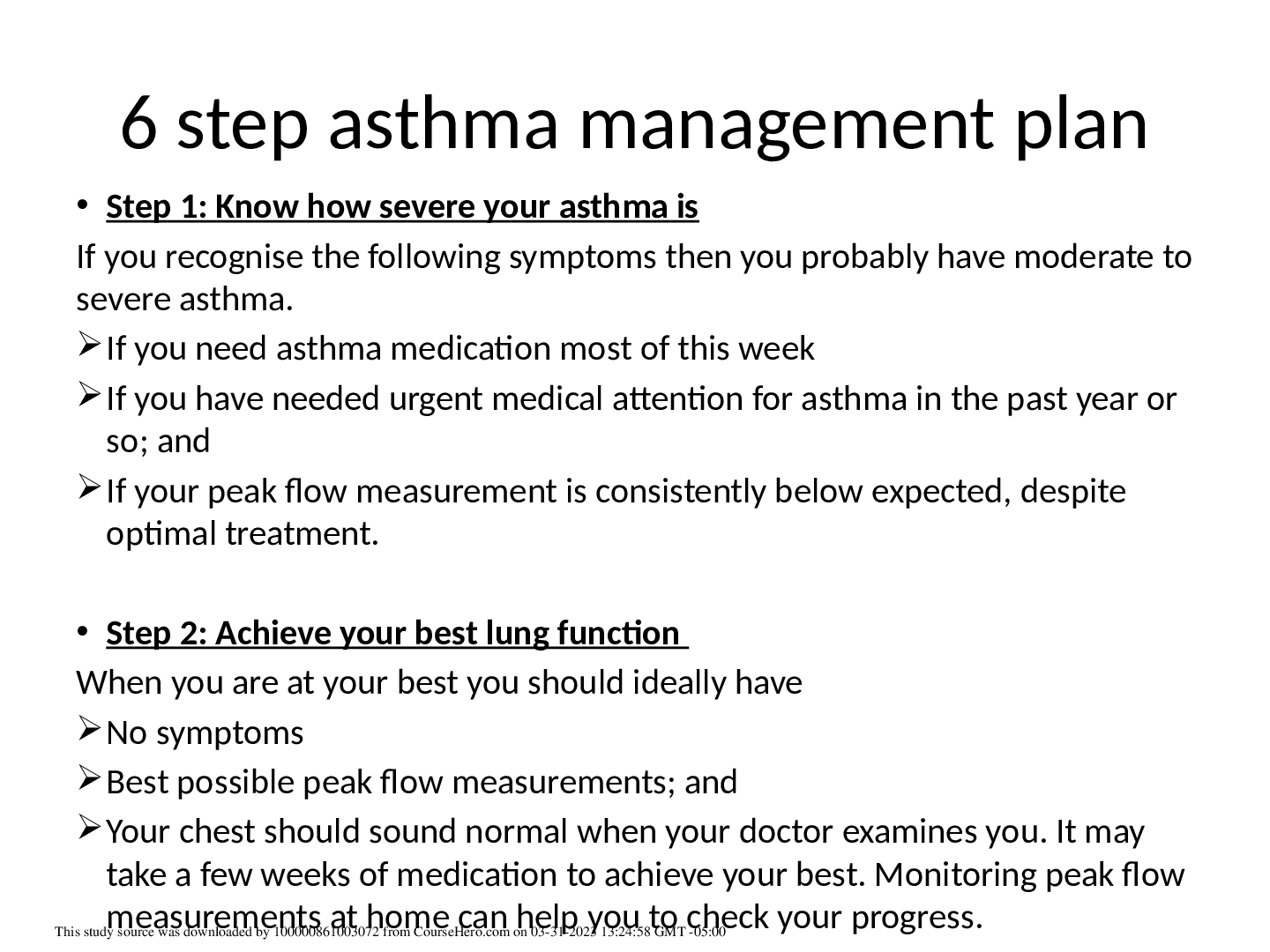
Reviews( 0 )
Document information
Connected school, study & course
About the document
Uploaded On
Apr 08, 2023
Number of pages
7
Written in
Additional information
This document has been written for:
Uploaded
Apr 08, 2023
Downloads
0
Views
33







